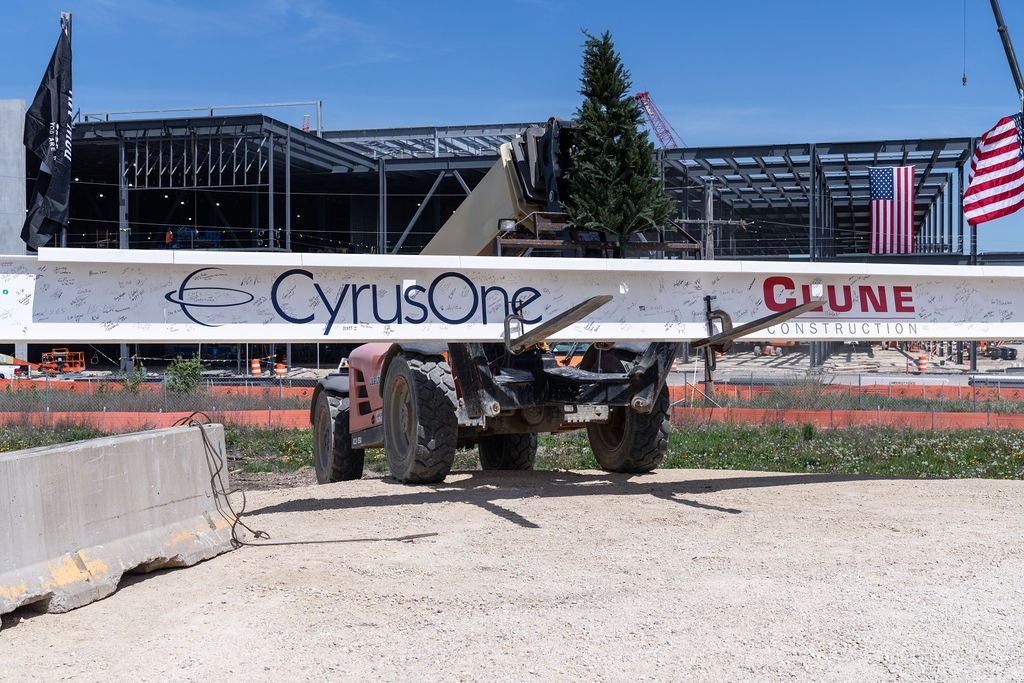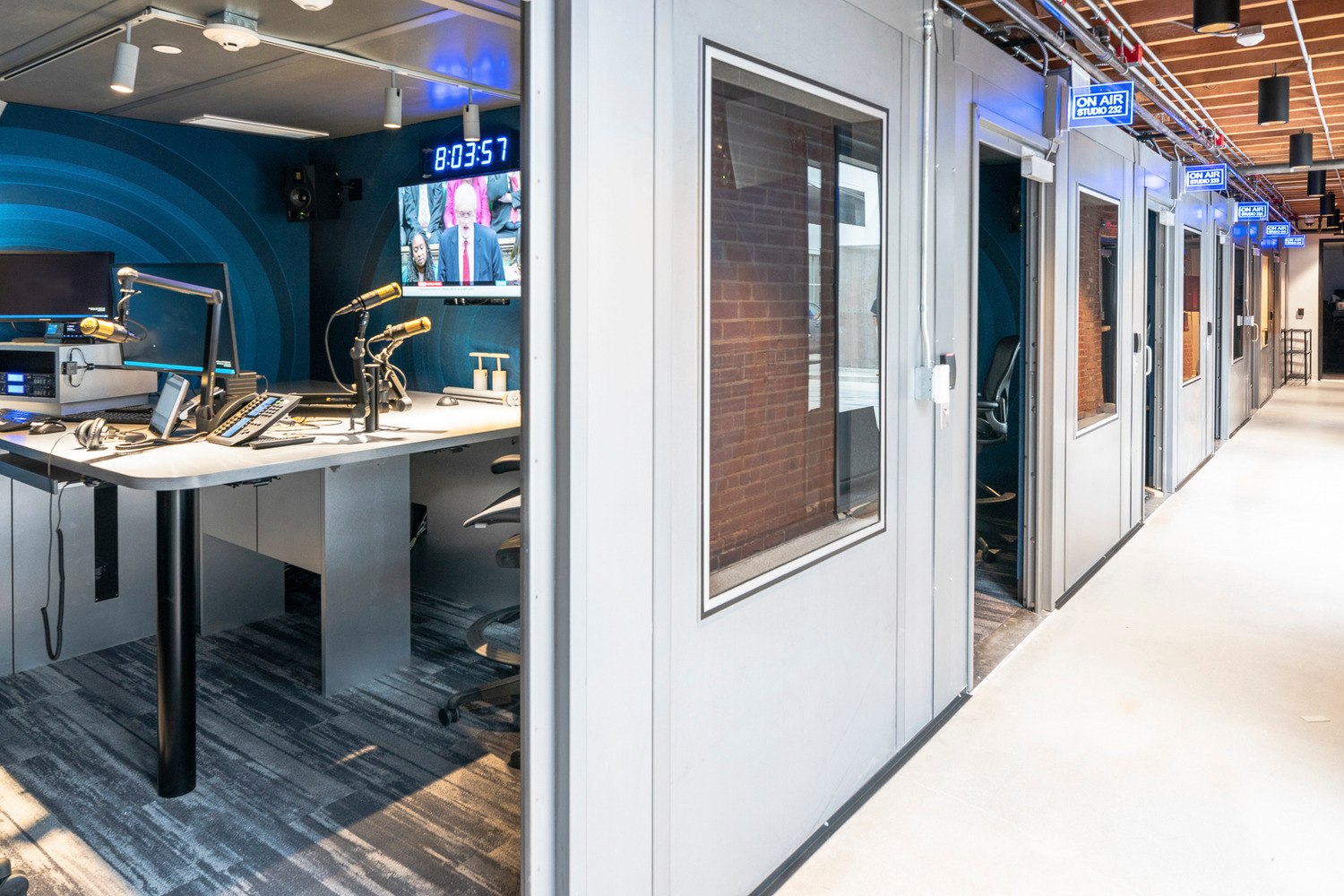


18 July 2023


By Paul Holzschuh, Project Executive, Vice President (Los Angeles), Kevin Steger, Project Manager (Chicago)
The studios where music, movies, podcasts, and news broadcasts are produced come in different shapes and sizes, but they all have one thing in common – they must be meticulously soundproofed. The slightest interference from outside noise can render an entire recording session unusable, wasting time and money and leading to costly delays.
Studio construction requires a strong knowledge of potential challenges and a team with the experience and skills to overcome them. With decades of experience constructing these intricate projects, Clune employs industry best practices to create these unique spaces.
Building a studio is often referred to as building a “room within a room.” The team first starts with the framing and then hangs multiple layers of drywall on one side to isolate the studio and eliminate the transfer of any noise. This type of construction includes a critical air gap between the two sets of walls that aren’t connected to each other by any materials to ensure no external noise is transferred. As a result, installing the electrical and HVAC features that these rooms require can be particularly challenging.
Additionally, every aspect of the project, from the drywall to the doors, must be carefully selected with the space’s unique use in mind. For example, Clune regularly uses acoustical doors that are specified to achieve a certain sound transmission class rating. These doors are installed on cam lift hinges that help create an acoustical seal of the door when they are closed, so when someone enters the studio, it is as though they are entering an isolation tank.
The team also utilizes materials such as isolated concrete slabs, fabric panels and insulation to create the ideal recording space. How much of each material is used varies greatly based on each space’s unique design.
Clune aims to be a true partner with the project designers. This allows us to share our vast experience in this sector and involve our trade partners to help think outside the box. This process ensures that any modifications made do not impact the room’s design or performance.
For one high-profile Los Angeles-based project, Clune conducted rattle tests. A consultant was brought in and low bass frequencies were played within the space. The consultant would then hang a small flag whenever they detected rattling. The team then went in to determine the source of the vibration, be it ductwork, framing materials or conduit, and make adjustments accordingly. This process was repeated until the space was rattle-free.
This happened in multiple phases, with a weekly cycle of building and testing that went on three or four times. This process highlighted unique issues that rarely need to be addressed on more traditional projects.
Marquee Sports’ Studio, the exclusive local television station for the Chicago Cubs, faced several challenges during construction. Along with being in the heart of Chicago’s bustling Wrigleyville, just steps from all the noise and crowds of Wrigley Field, it was also located next to an active fire station. Additionally, the building had an existing steel infrastructure that the team had to work around, and several steel posts and outriggers had to be incorporated into the studio’s design.
Clune had to anticipate the sound levels of the sirens that would be within five feet of the building. A sound wall was built on the outside of the perimeter of the studio, and operable windows were sealed shut. The team installed sound blankets on the walls for additional sound reduction and then sprayed them with K-13 insulation for more acoustical treatment. The final product consisted of several layers of sound attenuation, including a roof deck and a sound ceiling with isolation clips to limit any noise from above. A unistrut system housed all of the power and data for the cameras, and a lighting grid where the studio’s lighting could be housed.
Broadcast studios get very hot from the required lighting, but their soundproofed nature allows little air to escape. Getting the air in and out of that space is critical to condition it properly. Because of this, a rooftop unit was added as the studio’s dedicated air service.
The project’s sound consultant was very concerned that the outside noise from the neighborhood would leak into the studio. While they were inspecting the space, however, the fire station got a call, and as the trucks drove by, the studio remained silent.
In the end, while the projects can be complex, their success boils down to having the right people by your side. Clune has been building studios since our doors opened, ensuring we have the right team to overcome whatever challenges come our way.
Written in collaboration with Julia Troy, Bisnow.